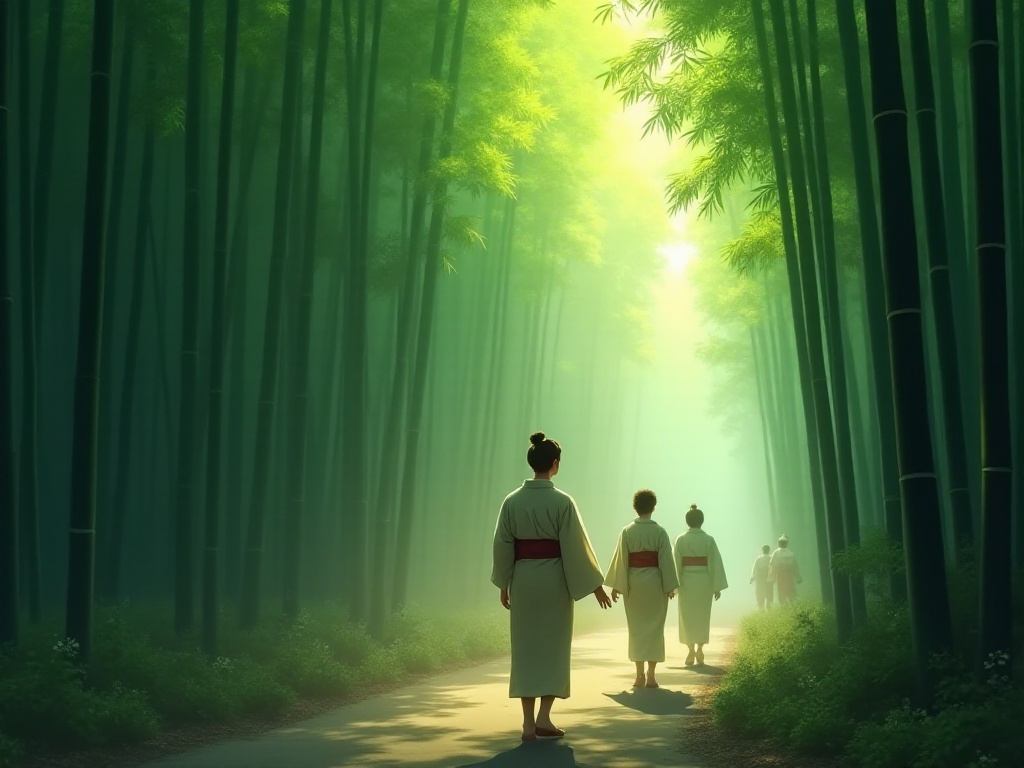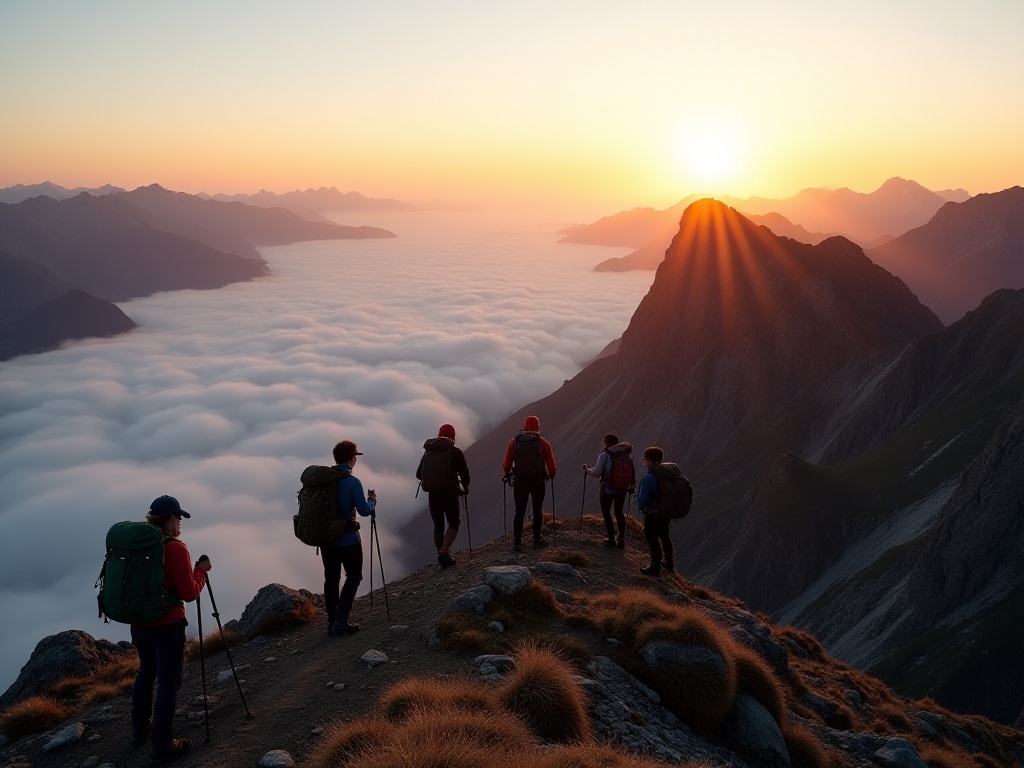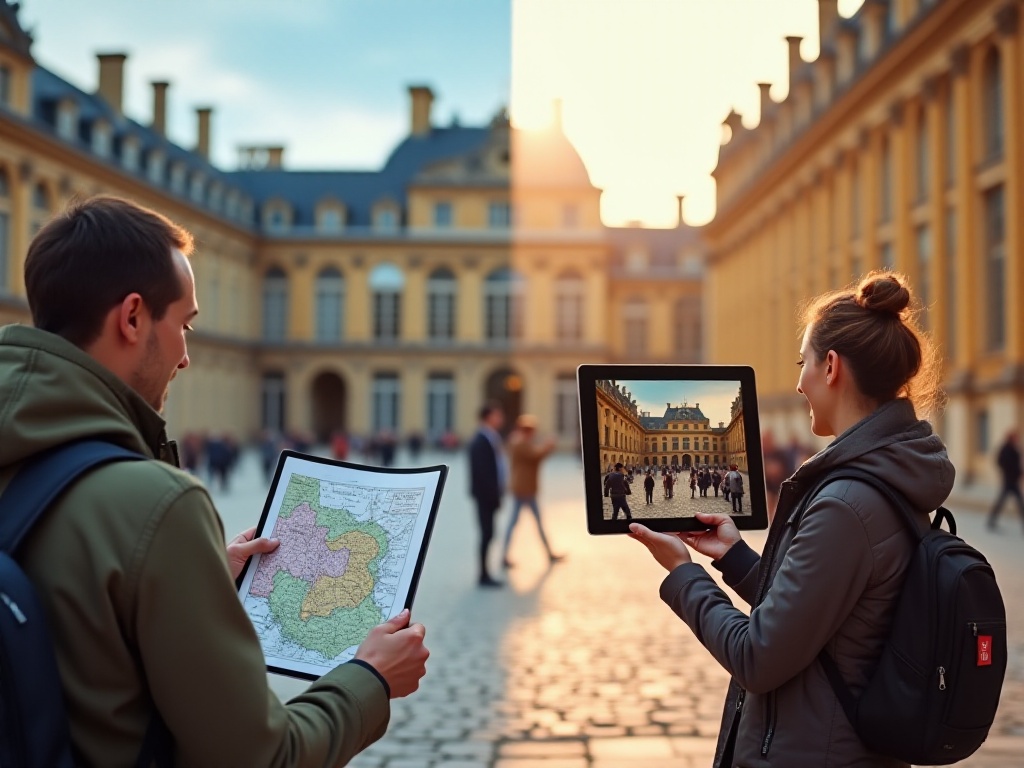Preface
The other day when I opened my social media feeds, I was bombarded with "buy now to save" special tour deals. Things like "Japan 6-day tour for only 3999" or "Phuket 5 days 4 nights starting from 2999" made me shake my head. As a veteran who has survived the eighteen levels of group tour hell and still remains active in the tourism circle, I know there's a lot more to these deals than meets the eye. Looking back at my travel diaries over the years, I could tell stories for three days and nights non-stop. Today, let me share with you those untold stories about group tours.
What is Group Travel
When people think of group tours, the first image that often comes to mind is: being herded onto a bus early in the morning, rushing through attractions just to take quick photos, and being dragged to shopping venues at night to "show support." But group tours nowadays are quite different.
In recent years, I've seen group tours become increasingly interesting. If you want something luxurious, there are high-end customized small groups with five-star hotels and Michelin restaurants. If you prefer adventure, there are outdoor expedition groups that take you hiking through wilderness areas. If you're artistic, there are photography-themed tours specifically designed to take you to various Instagram-worthy locations.
Take my Xinjiang tour from last year - just 8 people, with the guide driving us around the Tianshan Mountains in a Buick GL8. We watched sunrise in the morning and counted stars at night, and could stop anytime during the day to take photos - it was absolutely liberating. The guide was a treasure trove of knowledge, not only well-versed in local history and culture but also excellent at finding perfect photo spots, capturing many stunning shots for us.
In contrast, my friend's recent company team building tour was much grander in scale. Twenty buses rolling down the highway in formation - just gathering everyone took half an hour. But having a large group has its advantages - the evening bonfire party was incredibly lively with karaoke, dancing, and games, creating an explosive atmosphere.
Modern group tours particularly emphasize the experience factor. Like this Japan tour I was looking at recently, it specifically arranged for kimono experiences, matcha tea ceremony lessons, and even opportunities to learn sushi-making at local residents' homes. This isn't your traditional group tour - it's an immersive cultural journey.

Tour Fee Decoded
To be honest, when I first saw those special tour advertisements, I was also bewildered: How could they be so cheap? Southeast Asia 6-day tour for just 1999 - that's not even enough for airfare! But after experiencing several "special price tours," I finally understood there's much more to it than meets the eye.
Let's first talk about how these special price tours come about. Generally, travel agencies negotiate with airlines and hotels months in advance, buying tickets and rooms in bulk, which naturally reduces costs. However, these special price tours often come with various conditions attached. For example, they might only be available during off-peak seasons, or require participation in designated shopping itineraries.
I remember once, a friend was attracted by a "super value" Phuket 5-day tour for 2999, only to discover that three whole days were dedicated to shopping! Moreover, the hotel was far from the beach and didn't even have a pool. In the end, after adding up shopping and optional activities, the total cost was actually higher than a regular tour.
According to Ctrip Travel's latest data, the average per-person spending for domestic group tours in 2023 mainly concentrated in the 3000-5000 yuan range, accounting for 45% of the total. This price point is quite reasonable, ensuring basic travel quality without breaking the bank. As for international travel, tours priced between 8000-15000 yuan are most popular, accounting for 38%. This price range generally ensures decent accommodation and dining, with fewer shopping stops.
However, there are indeed many cheaper tours available in the market. Statistics show that low-price tours under 3000 yuan still occupy about 25% of the domestic group tour market. These tours typically employ "innovative" profit models, such as compressing attraction visit times and arranging shopping stops for commission.
Ultimately, tour fees are like online shopping - you get what you pay for. You wouldn't expect a 3000-yuan bag to have the same quality as a 30,000-yuan LV, right? The same principle applies to travel - if you want a comfortable experience, you need to spend accordingly.
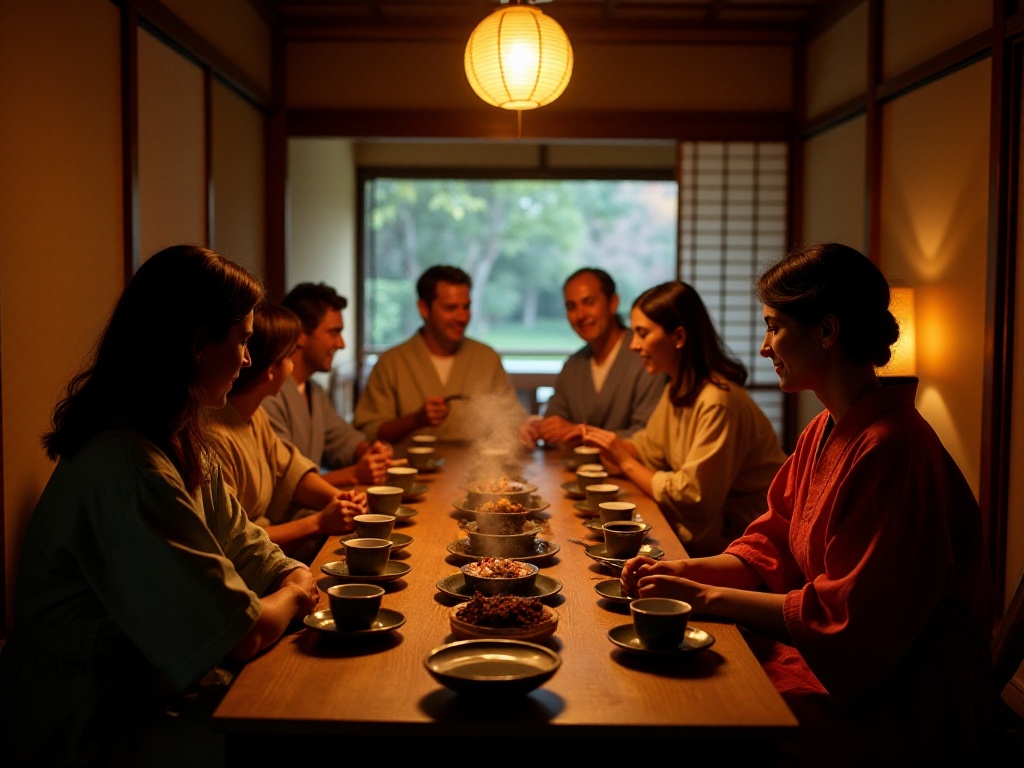
Itinerary Tricks
If we're talking about the biggest pitfalls in group tours, itinerary arrangement takes the crown. I remember my first group tour to Yunnan - the itinerary looked beautiful: "Today we'll tour Jade Dragon Snow Mountain, experiencing the majesty of the snow-covered plateau." But what happened? The bus stopped at the mountain base for 15 minutes, let us take some photos, and then the guide started rushing us back on the bus. I was quite frustrated: Is this what they call a tour? Isn't this just checking off boxes?
Later I discovered that the wording in itineraries is quite particular. "Tour" and "visit" are two different concepts. "Tour" generally means you can properly explore the place, at least for an hour or so; "visit" might just mean circling around outside and taking some photos before leaving.
Then there's that "taste local specialties" - sounds tempting, right? But in reality, it might just be a box lunch worth a dozen yuan. I remember once in Guilin, the itinerary mentioned "enjoy Guilin rice noodles," and I was quite looking forward to it. But when we got there, it was just a street stall, and each person only got one bowl of the most basic soup noodles - even adding a marinated egg would cost extra.
There are also many tricks in time arrangements. For instance, some tours often write "gather at 6 AM for departure," which is a clear sign of a long journey ahead. Keep in mind, if you're spending more than 6 hours on the road in one day, you can basically forget about proper sightseeing.
According to the China Tourism Research Institute's survey, over 60% of group tour participants have encountered shortened itineraries. The most common issue is insufficient time at attractions, often just "15 minutes for photos." This kind of rushed tourism, honestly, is worse than scrolling through TikTok at home.
Another annoying situation is "optional activities." The tour fee might seem cheap on the surface, but once you arrive, you'll find many interesting activities require additional payment. For example, in Zhangjiajie, popular attractions like the cable car and glass bridge are usually extra. If you don't participate, you feel like you've wasted the trip; if you do, the cost becomes much higher than the original tour fee.
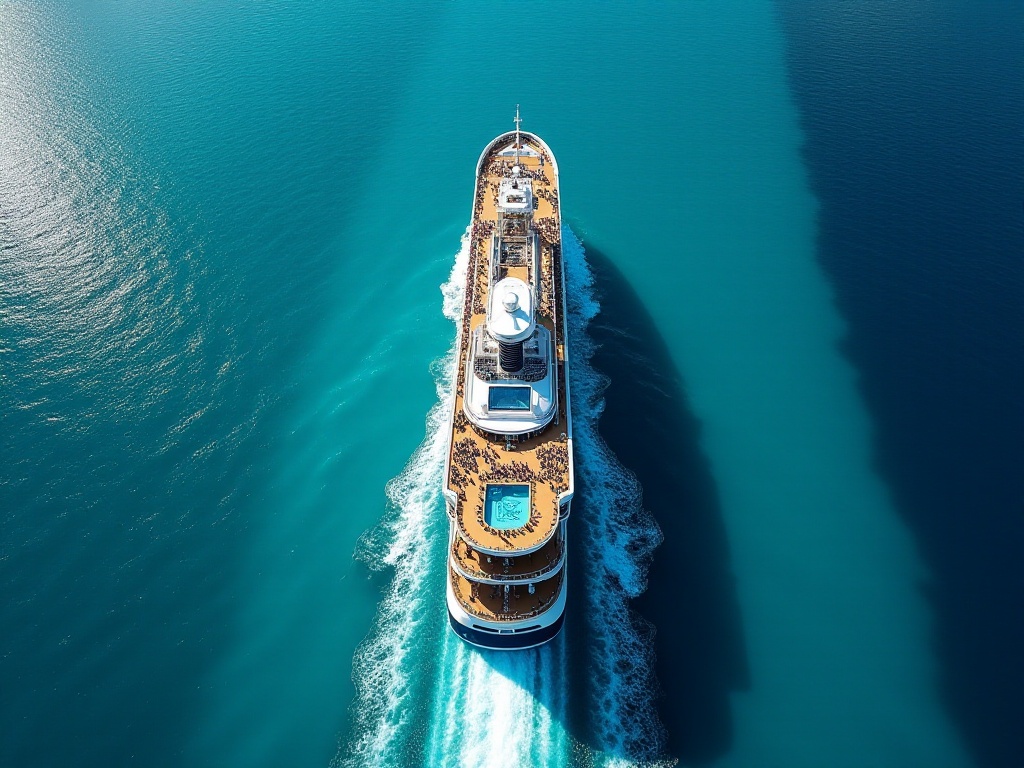
Guide to Avoiding Pitfalls
After talking about so many pitfalls, how do we avoid stepping into these traps? Through years of experience, I've summarized several iron rules.
First, choosing a travel agency requires careful consideration. The current tourism market is mixed, with over 38,000 licensed travel agencies, but truly reliable ones are few. It's recommended to choose well-known, large-scale travel agencies. Although their tour fees might be higher, at least they guarantee service quality and safety.
I personally recommend travel agencies with good industry reputations. For example, companies like Ctrip and China International Travel Service, while not 100% problem-free, at least provide accountability. If issues arise, these large companies tend to take handling them seriously. In contrast, small travel agencies might be doing business today and vanish tomorrow.
The second key point is carefully reading the itinerary arrangements. Nowadays, legitimate travel agencies' contracts will detail each day's schedule, including specific touring times and shopping arrangements. You must read these thoroughly, especially the fine print, as pitfalls often hide in the details.
For instance, if you see an attraction allocated less than 1 hour for visiting, it's basically just a cursory look. To properly explore an attraction, you need at least 2-3 hours. Also, if you notice many meals marked as "on your own," consider the local cost of living. In some tourist cities, a casual meal might cost seventy or eighty yuan.
The third point is being wary of extremely cheap tours. I've developed a simple calculation formula: reasonable tour fees should be about 1.3 times the basic costs (including transportation, accommodation, admission tickets). If the price is significantly lower than this, there must be a catch.
For example, consider a 5-day 4-night Yunnan tour: round-trip flights cost 1500, accommodation at 200 per night equals 800, plus various attraction tickets around 600, making the basic cost 2900. Calculating at 1.3 times, a reasonable tour fee should be around 3800. If someone offers to do it for 2000, it's not a windfall - it's a trap waiting ahead.
Also, pay special attention to shopping arrangements. Statistics show that over 70% of group tours include 1-2 shopping stops, which is an industry norm. But if a tour has more than 3 shopping stops, be careful. Shopping stops often mean spending significant time there while enduring various sales pressures from guides.
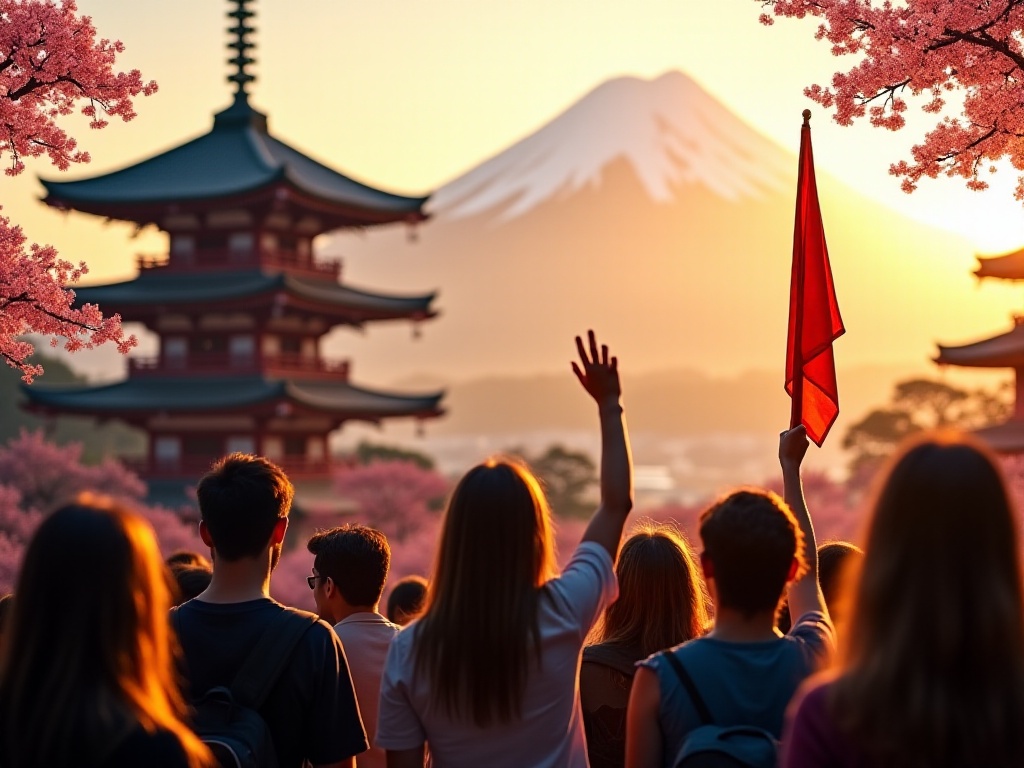
Real Experience
Actions speak louder than words, so let me share about my recent Zhangjiajie tour. It was a 4-day 3-night trip costing 2680 yuan. Honestly, I was initially concerned about potential catches at this price point, but the actual experience was really good.
First, the itinerary arrangement was very reasonable. Though each day was packed, it never felt rushed. For example, we had an entire day allocated for Tianmen Mountain. While riding the cable car up the mountain, guide Xiao Zhang specifically pointed out the road below with its 99 bends - truly spectacular. At the summit, we had plenty of time not only to walk the glass walkway but also to sit down for coffee and leisurely enjoy the sea of clouds.
Speaking of guide Xiao Zhang, he was truly a treasure. A native of Zhangjiajie, he knew every plant and rock intimately. Just his explanation of Wulingyuan's geological changes took nearly an hour, covering everything from tectonic movements billions of years ago to the formation of current landscapes - we were all fascinated. He was also very attentive, knowing we loved photography, he took us to several lesser-known photo spots where we captured absolutely beautiful shots.
Most surprisingly, this tour had zero shopping stops! According to Ctrip's "2023 Group Tour Consumption Report," over 70% of group tours include 1-2 shopping stops. But throughout our tour, the guide never mentioned shopping, instead recommending several local favorite shops with authentic and affordable items.
The accommodation was also great - while not super luxurious, they were all local four-star hotels with clean rooms and good service. On the last evening, the hotel even sent local Zhangjiajie cured meat to each room - such thoughtful details were really heartwarming.
The meals were well-arranged too. Breakfast was hotel buffet with plenty of variety. Lunch and dinner were mostly at famous local restaurants, with eight dishes and one soup per table, all featuring Xiangxi specialties like stir-fried cured meat with bamboo shoots and sour fish soup - truly authentic flavors.
On the last day when leaving, everyone in our group was reluctant to part, and we specifically created a WeChat group. Now people occasionally share photos and chat in the group, feeling like we've made new friends.
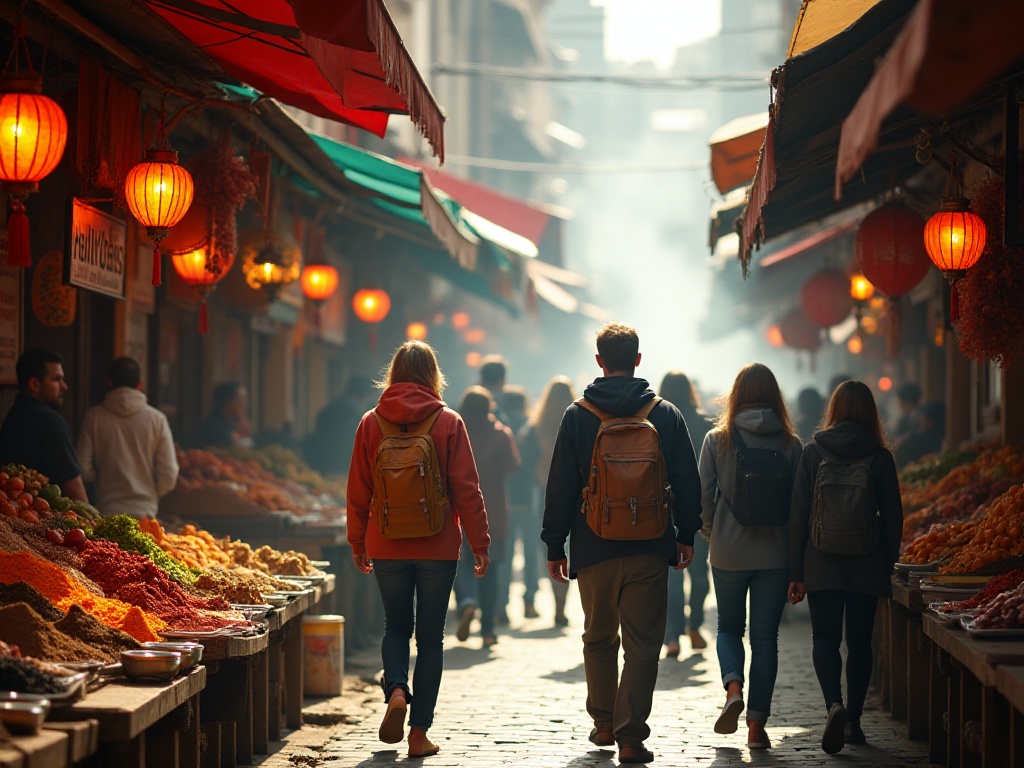
Final Thoughts
Ultimately, choosing between group tours and independent travel has no standard answer. It's like choosing clothes - what matters isn't the price but whether it suits you. Some people prefer researching routes themselves and enjoying various surprises along the journey; others would rather leave these details to travel agencies and focus on enjoying the trip. Both are perfectly fine choices.
Group tours aren't black and white. Expensive tours aren't necessarily all good, and cheap tours aren't all traps. The key is choosing suitable products based on your needs and budget. Just as everyone's life path is different, travel stories naturally vary.
Think carefully - isn't the most beautiful aspect of travel its ability to bring us different experiences and memories? Whether standing atop Jade Dragon Snow Mountain watching clouds roll by, or listening to ancient zither music in Lijiang Old Town's alleys, these are the most precious gifts from our journeys.
Everyone measures the world in their own way, writing their own travel stories. These stories contain laughter, tears, surprises, and regrets, but it's precisely these moments that make our lives richer and more colorful.
Therefore, whether you choose group tours or independent travel, what's important is bringing an open heart to experience, feel, and create your own unique memories. After all, everyone's travel story is a unique landscape in this world.





